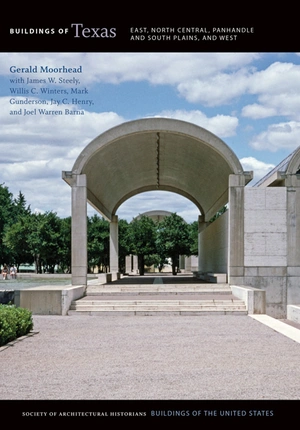
Although described in the National Register nomination as “Georgian Revival style with some Prairie School influence,” Rulfs’s talents again surpass stylistic categorization. Biographer Jere Jackson refers instead to Mediterranean or Italian Renaissance characteristics, influenced by Blount’s own preferences. The house, one of Rulfs’s last designs, is absolutely symmetrical, with a long, narrow plan positioned on axis with the entrance to the new college across North Street. The prominence of the house in relation to the college was intended to support the prestige of the school.
Banker, state senator, and philanthropist Eugene Blount was instrumental in securing Nacogdoches in 1919 as the site for the new Stephen F. Austin Normal College. The college’s location on forty acres of Thomas J. Rusk’s homestead briefly turned North Street into a desirable area of large houses. As the dominant north–south highway after World War II, a widened North Street (U.S. 59) replaced the grand residences with commercial development and student housing and services.














